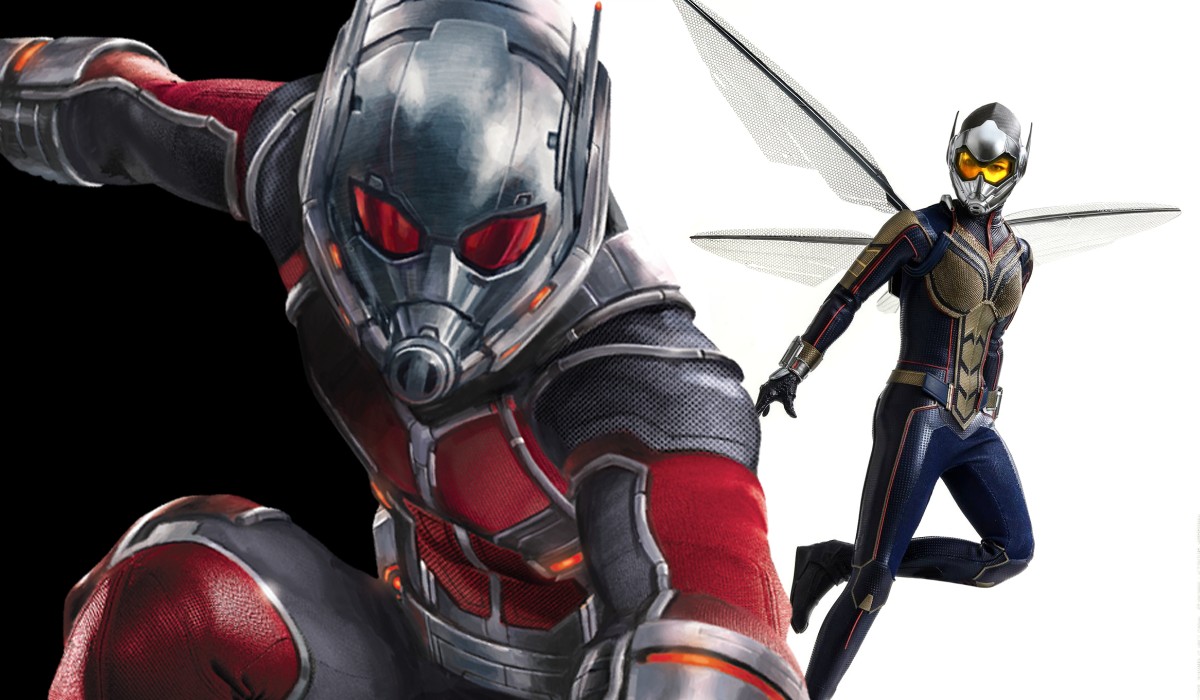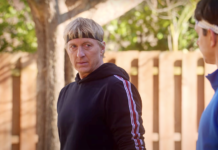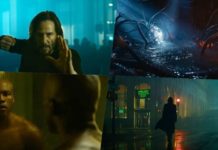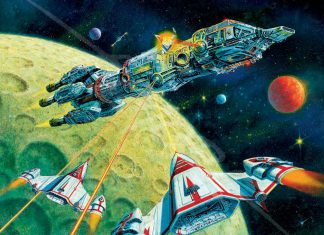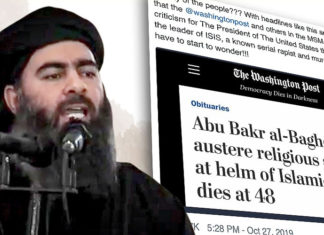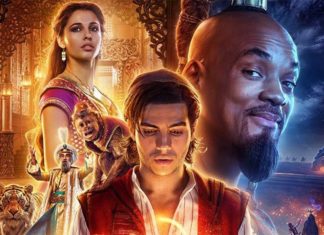Pops here, and it’s certainly been an eventful year for Marvel Studios, hasn’t it?
We began with Black Panther opening up new worlds in the Marvel Cinematic Universe, only to see everything destroyed with Avengers: Infinity War. Now, two months later (but sliding slightly backward on the timeline), Ant-Man and the Wasp takes the baton and delivers another winning entry into the Marvel canon, one that’s refreshingly smaller in scale.
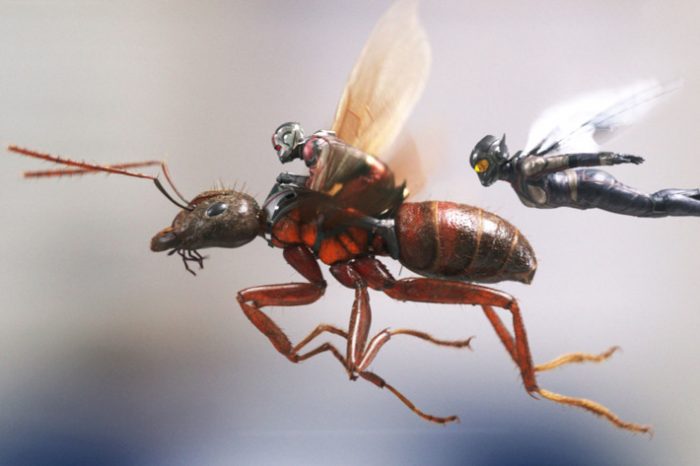
After the requisite flashback prologue, once again featuring astonishing visual effects, time-shifting Hank Pym (Michael Douglas) and his soon-to-be-missing-for-three decades wife Janet Van Dyne (Michelle Pfeiffer), we catch up with Scott Lang (Paul Rudd), who’s finishing up a two-year stint with a lowjack on his ankle in his inexplicably large house in San Francisco. How does he afford such digs? I’ve reached out to Marvel Studios head honcho Kevin Feige for an explanation, but he’s blocked me on Twitter.
With three days left until freedom, Scott gets a quantum-entangled head trip from the space-time displaced Janet, drawing the attention of his estranged mentor Hank and lady-friend and crime-fighting partner Hope (Evangeline Lilly), who’ve been on the run since Scott was arrested for his illegal Ant-Man activities in Captain America: Civil War. Reunited, the trio embark on a quest to recover Janet from the Quantum Realm.
Hindering their progress are a couple of new antagonists, both of which are after Pym’s incredible shrinking eight-story laboratory building. Walton Goggins’ cornball restaurateur-cum-black marketeer wants it for the billions in technology it holds within, and the enigmatic, phase-shifting Ghost (Hannah John-Kamen), has a more understandable motive.
As per usual, Ant-Man and the Wasp is cast remarkably well. Paul Rudd once again plays the beleaguered ex-con father role, balancing humor and heroism. Evangeline bounces well off Rudd and shines in a much more physically-challenging role as the acrobatic Wasp. Seasoned vets Michael Douglas, Michelle Pfieffer and Laurence Fishburne bring the A-game, although Fishburne’s character was extremely one-note.
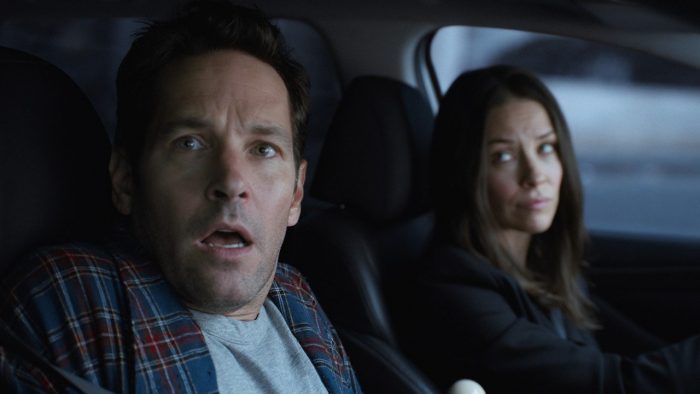
Also of note is relative newcomer Hannah John-Kamen, who brings a surprisingly nuanced performance despite a thankless role as a gender-bent take on the Iron Man villain Ghost, trapped in interphase a la Captain Kirk in Star Trek episode “The Tholian Web”. As her character shifts in reality, so too does her performance in relation to the character she is interacting with at the time.
Shout out to the supporting cast, too, with standout performances by Michael Peña (who gets a good bit more to do this time, including his own car chase sequence) and Abby Ryder Fortson as Scott’s plucky daughter, Cassie. Her mother and stepdad, gamely played by Judy Greer and Bobby Cannavale, unfortunately have far less to do, especially Cannavale, whose law enforcement role is filled instead by Randall Park’s inept FBI agent Jimmy Woo.
Appropriately enough, this entry in the Ant-Man series feels both larger and smaller than the previous one. The stakes are lower this time around (although there’s more emotional punch to them), but the set-pieces have taken a giant leap forward in creativity and scale. There is a lot of story, but it moves at an energetic pace, aside from a couple of clunky exposition scenes (no doubt for all the weirdos who haven’t seen every Marvel picture a dozen times).
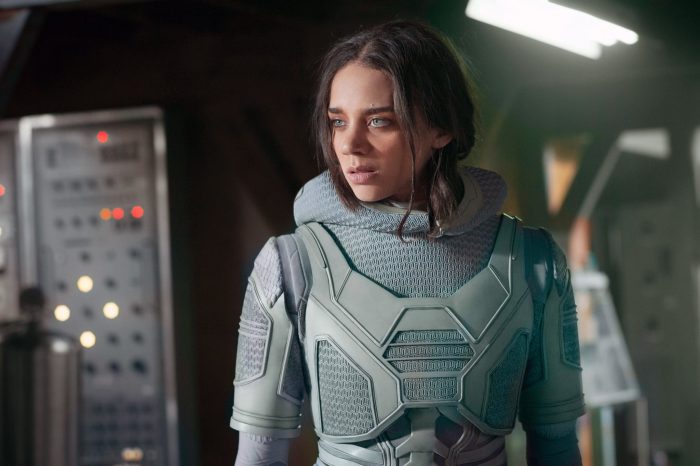
I was ready to take off some points for all the exposition and unmotivated speech-making (an issue Guardians of the Galaxy Vol. 2 suffered from as well), but about halfway through, something clicked in my brain: This is exactly the type of story-telling we got in the best issues from Marvel Comics’ golden age. It’s ridiculous and unrealistic and the characters stop to explain their backstories at inopportune moments. It is also visually fascinating, teeming with inventiveness and expertly-constructed story.
Much has been said about the nature of the Marvel machine, how it’s a sort of glorified sausage factory, assembling bland-but-enjoyable fluff, and that’s a reasonable point, but it’s also a reductive one. The folks at Marvel Studios have invented a whole new kind of storytelling; While each entry tells its own unique story, if they are viewed in order over the course of their releases, an overarching plot unfolds, like a four-dimensional puzzle. There’s no requirement to see them all, but the experience of seeing how all the pieces align over time is nothing short of magical.
As usual, stay for the credits. You’ll not be disappointed.
[amazon_link asins=’B07447J2TS’ template=’ProductCarousel’ store=’filmgoblin-20′ marketplace=’US’ link_id=’60e513af-8250-11e8-98a9-3f47faba702c’]

